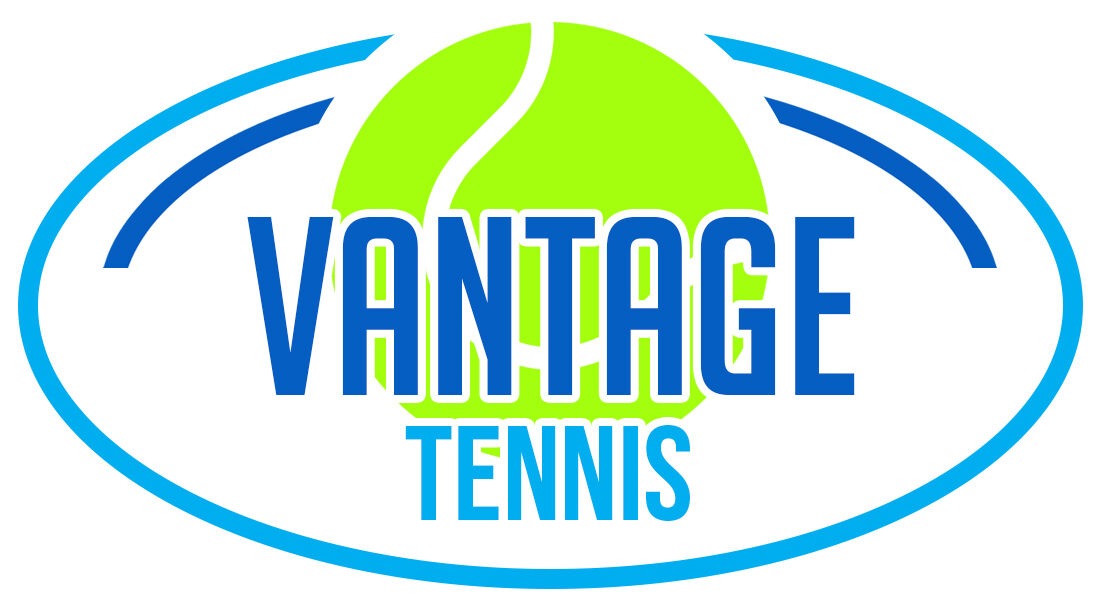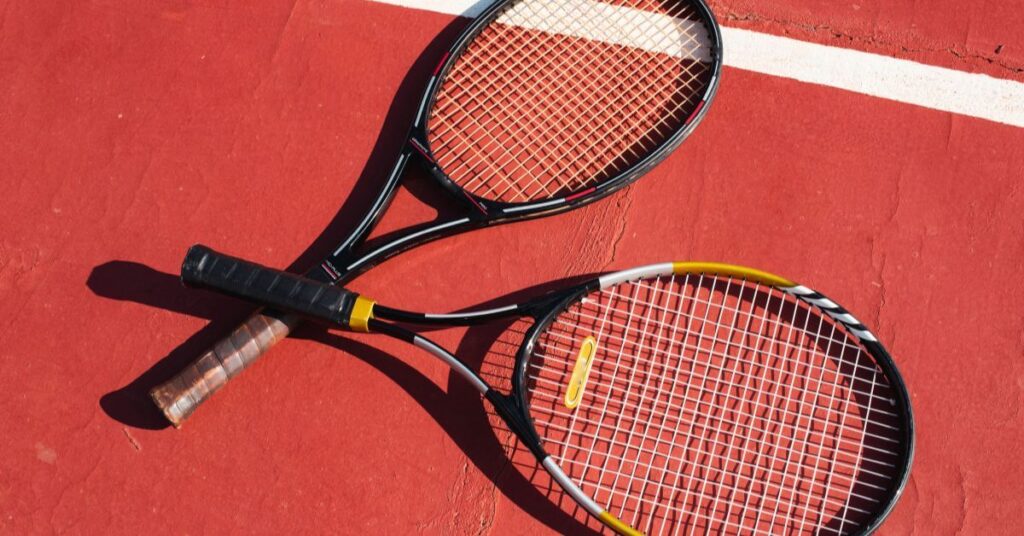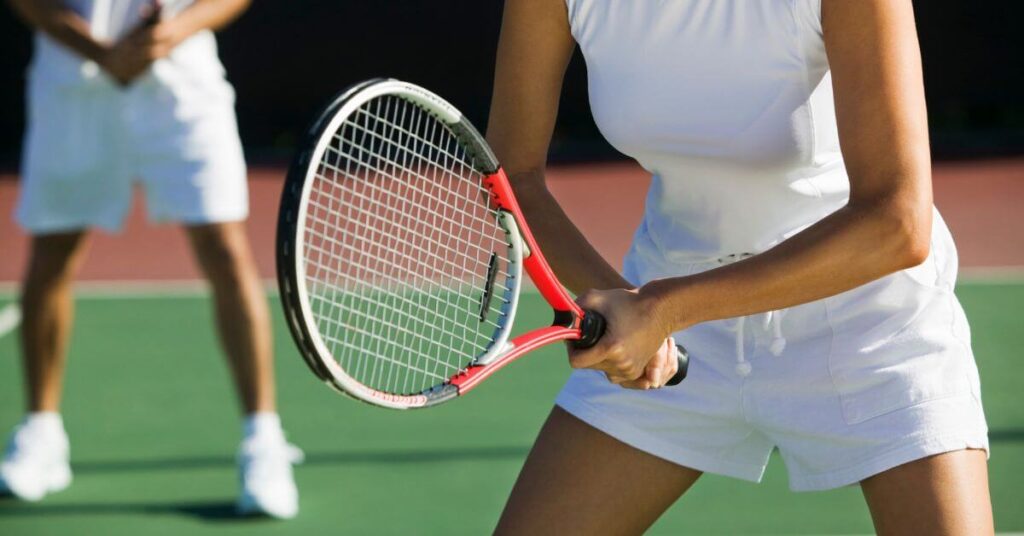If you’ve ever found yourself wondering what is soft tennis, you’re not alone. I had the same question when I first stumbled across a video of a match that looked like regular tennis—but something felt different. The ball was lighter, the game faster-paced, and the players appeared more agile and expressive. That’s when I discovered the fascinating sport of innovation and adaptation known as soft tennis.
Table of Contents for What is Soft Tennis
The Origin of Soft Tennis
Soft tennis originated in Japan in the late 19th century. Inspired by traditional lawn tennis, Japanese players began modifying the game using soft rubber balls rather than the harder standard tennis balls. The aim was to create a version of tennis that was accessible, less physically taxing, and more adaptable for younger or recreational players.
What Is Soft Tennis: A Personal Discovery
When I first played soft tennis, I was amazed at how fluid and dynamic the game was. Compared to standard tennis, the soft tennis ball allowed for longer rallies and more creative shot-making. This lighter rubber ball changes the mechanics of play in a way that makes the sport feel more approachable, yet still highly competitive. As someone who enjoys sports but doesn’t always have time for intense training, I found soft tennis to be a perfect middle ground.
What Is Soft Tennis Ball?
The soft tennis ball is what defines the game. Made from soft rubber, it’s lighter and less pressurized than a standard tennis ball. This not only affects how the ball moves through the air but also how it reacts on the court. The result is a game with fewer injuries and a lower barrier to entry for new players.
In contrast, a standard tennis ball used in regular tennis is heavier and bounces higher, requiring different techniques and more powerful swings.
What Is Soft Tennis vs Tennis?
Understanding what is soft tennis often leads to comparing it with regular tennis. Both use a net and similar scoring systems, but there are several differences:
- Ball: As mentioned, soft tennis uses a soft rubber ball, while standard tennis uses a felt-covered pressurised ball.
- Racket: A soft tennis racket is lighter and more flexible than a tennis racket, making it easier to handle.
- Rules: The rules are slightly adapted in soft tennis, especially in doubles where players can switch positions freely.
- Pace: The game is often faster-paced, favouring agility and reflexes.
So, is soft tennis easier than tennis? In some ways, yes. The softer ball and lighter racket reduce the strain on joints and make the sport more accessible, particularly for beginners.
Soft Tennis Championships and Global Reach
The popularity of soft tennis has grown immensely, leading to major championships on both regional and global levels. The World Soft Tennis Championships and the World Junior Soft Tennis Championships showcase elite talent and draw participants from all over the world. These events are key to increasing the visibility of the sport.
Participating in or watching the soft tennis championships is thrilling. I once attended a regional competition and saw firsthand how strategic and energetic the game is. The level of skill, especially among top players, is impressive and continues to attract new fans every year.
The Federation Behind It All
The soft tennis federation, including its international and regional branches like the International Soft Tennis Federation Asian, governs the rules, tournaments, and rankings of the game. Their work is critical in maintaining the integrity of soft tennis as it expands globally.
You can check your soft tennis world ranking through their official platforms, and many aspiring players use this metric to guide their training and competitive goals.
Soft Tennis at the Asian Games
The inclusion of soft tennis in the Asian Games further proves its legitimacy as a high-level sport. Watching the Asian Games tennis matches, I was struck by the sheer athleticism and strategy involved. These games provide a stage for the best players in Asia to showcase their skills.
Thanks to the efforts of the tennis federation and various national associations, the event has become a highlight of the Asian sporting calendar.
What is Soft Tennis vs Pickleball
If you’re familiar with racquet sports, you might be curious about soft tennis vs pickleball. While both are considered easier alternatives to standard tennis, they differ significantly. Pickleball uses a paddle and plastic ball, whereas soft tennis maintains the traditional feel of tennis but with a soft rubber twist.
Personally, I find soft tennis to be more satisfying because it retains the elegance of tennis, from the swing mechanics to the court layout.
Tennis in Table Tennis? Not Quite
You might also come across people asking, what is tennis in table tennis? That’s a different sport altogether. Table tennis is played with paddles and a light celluloid ball on a tabletop. While both games fall under the broader sports category, they’re completely distinct from soft tennis.
Equipment: What You’ll Need
To play soft tennis, you’ll need:
- A soft tennis racket: Lighter and more flexible than a standard tennis racket.
- A pack of soft tennis balls or rubber balls.
- Tennis shoes tennis-style for grip and movement.
- A passion for the game!
You’ll notice the tennis balls are a key difference. Playing with a rubber ball rather than a pressurised felt tennis ball changes your entire approach. The strokes, the spins, the serve—all feel unique.
Anime About Soft Tennis
Yes, there’s even an anime about soft tennis! If you’re a fan of sports anime, this is a great way to understand the game through stories and character development. It also shows how culturally embedded soft tennis is in countries like Japan, where the sport continues to thrive.
Why You Should Try Soft Tennis
So why should you try soft tennis? Because it’s:
- Inclusive: Easier for beginners
- Fun: Longer rallies and faster reflexes
- Innovative: A true sport of innovation
- Cultural: Popular in Japan, Korea, Taiwan, and beyond
- Competitive: With world-class championships like the World Soft Tennis Championships
Whether you’re new to tennis or a seasoned player, soft tennis offers a refreshing change. It’s an international sport with growing appeal, and it’s easy to start. All rights reserved for official tournaments and broadcasts are managed by the appropriate governing bodies, ensuring the game is respected globally.
More about Soft Tennis
What Is the Difference Between Tennis and Soft Tennis?
When I first picked up a soft tennis racket, I instantly felt the difference. If you’ve played regular tennis before, you’ll notice that soft tennis feels lighter and quicker. The main difference is the ball—soft tennis uses a rubber ball that’s less pressurised and softer than a standard tennis ball.
This makes it easier on your joints and encourages longer rallies. You’ll also find that the rackets used in soft tennis are a bit more flexible and lightweight, which changes the feel of your swing. So if you’re someone who enjoys tennis but prefers a gentler approach, soft tennis is definitely worth trying.
Is Soft Tennis Easier?
In my experience, yes—soft tennis is easier, especially if you’re just starting out or returning to the court after a break. The softer ball travels more slowly and bounces lower, giving you more time to react. When I was learning, I found that I could rally for longer and improve faster compared to regular tennis.
If you sometimes feel overwhelmed by the speed or power of standard tennis, soft tennis offers a more forgiving way to build your skills and confidence. You’ll get the thrill of the game without the strain.
What Is Meant by Soft Tennis?
When I talk about soft tennis with friends, I often describe it as tennis with a twist. It’s a racquet sport, similar in layout and scoring to regular tennis, but played with a soft rubber ball and slightly different equipment. You’ll notice the rallies are smoother and the focus is more on control and strategy than brute power.
For me, soft tennis feels like a refreshing blend of athleticism and finesse. If you’re someone who enjoys competitive sports but wants something a bit more adaptable and inclusive, soft tennis might be exactly what you’re looking for.
What Is the Difference Between Hard and Soft Tennis Courts?
Great question! When I first played on different types of courts, I realized how much they affect your game. Hard courts, like those used in most professional tennis matches, are made of asphalt or concrete with a smooth acrylic surface. They make the ball bounce faster and higher, so you have to react more quickly.
On the other hand, soft courts—which can include clay or even synthetic surfaces—slow the game down a bit and are gentler on your body. If you’re someone who prefers a less intense game or you’re recovering from an injury, you’ll probably find soft courts more comfortable to play on. I know I do!
Conclusion: What Is Soft Tennis?
By now, you should have a clear understanding of what is soft tennis. It’s a dynamic, inclusive, and growing sport that offers something for everyone—whether you’re competing in the World Junior Soft Tennis Championships or playing casually with friends.
With unique equipment like the soft tennis ball, governed by organisations like the soft tennis federation and recognised in global events like the Asian Games soft tennis, this sport is far more than just an alternative to standard tennis. It’s a game of its own—steeped in culture, strategy, and innovation and adaptation.
So why not grab a soft tennis racket and join the fun? Trust me—you’ll be hooked after your first match.








